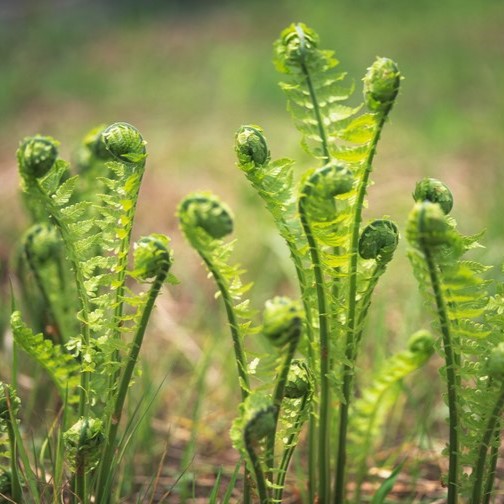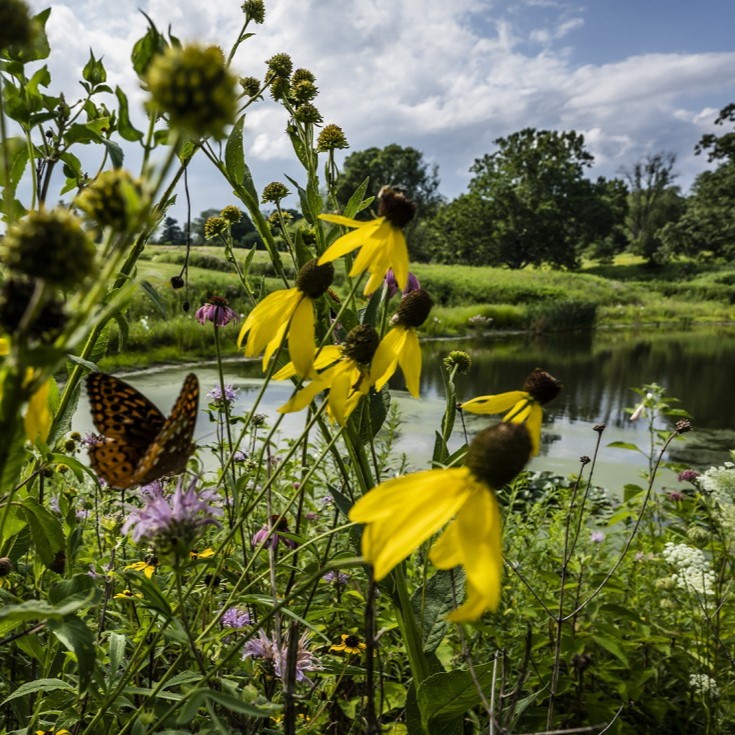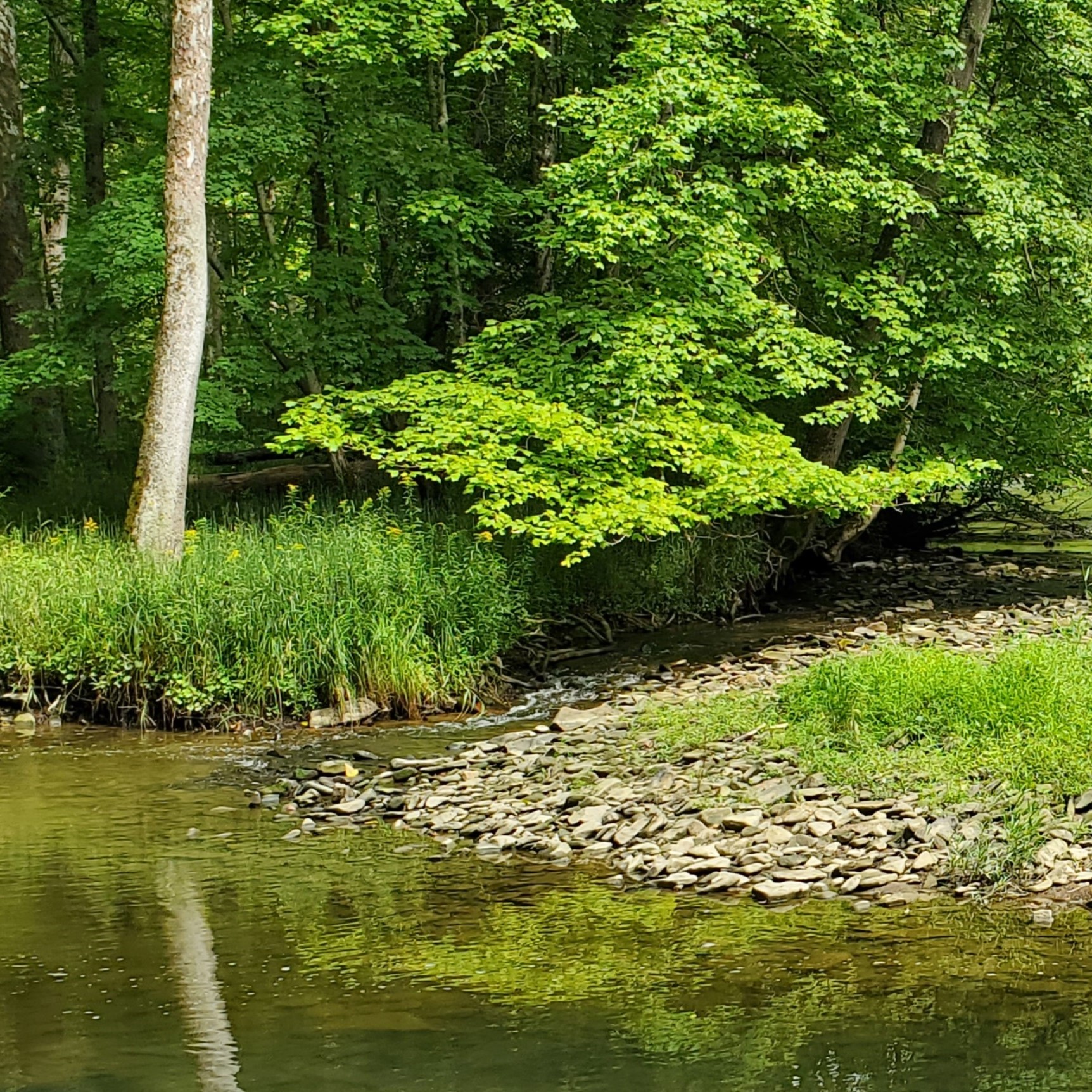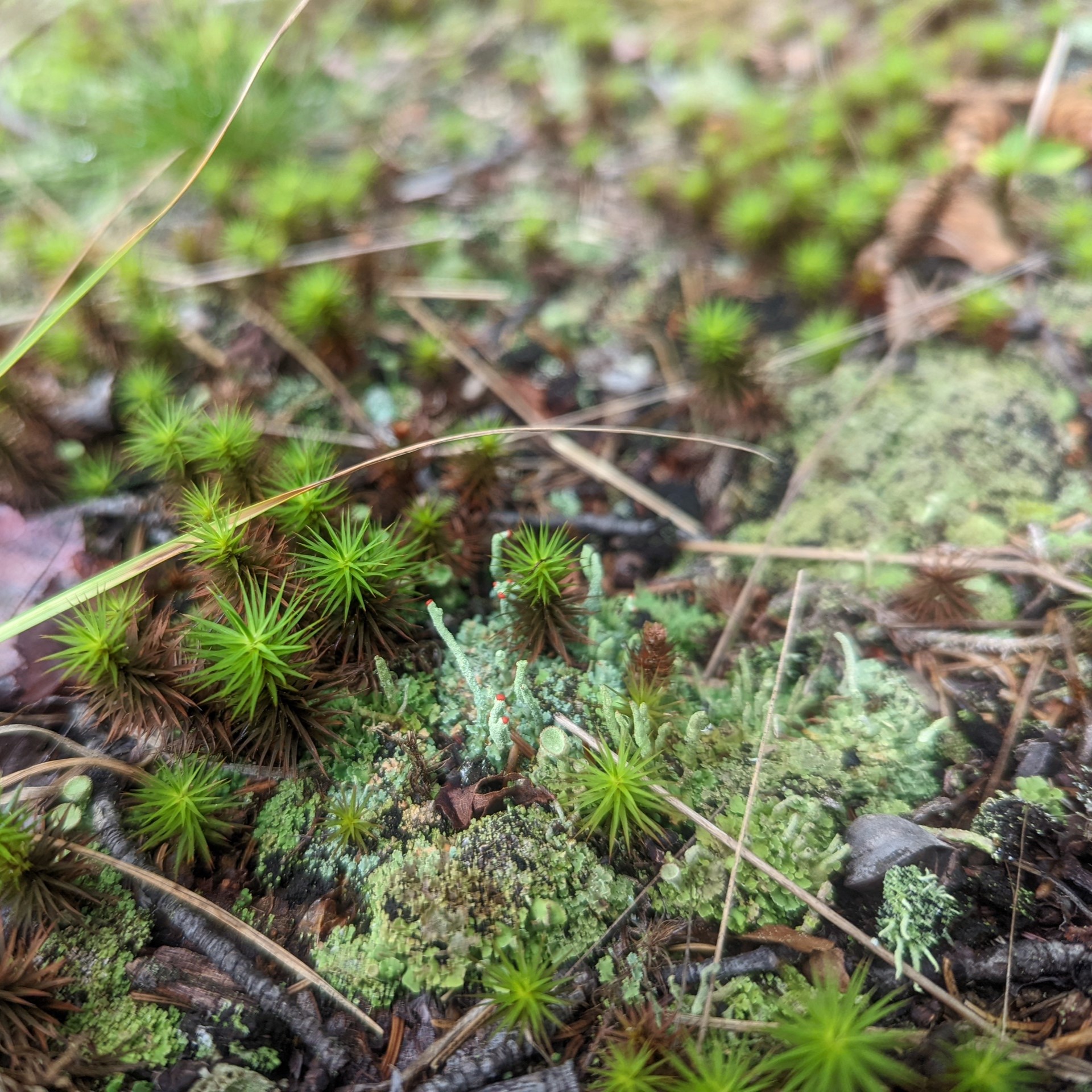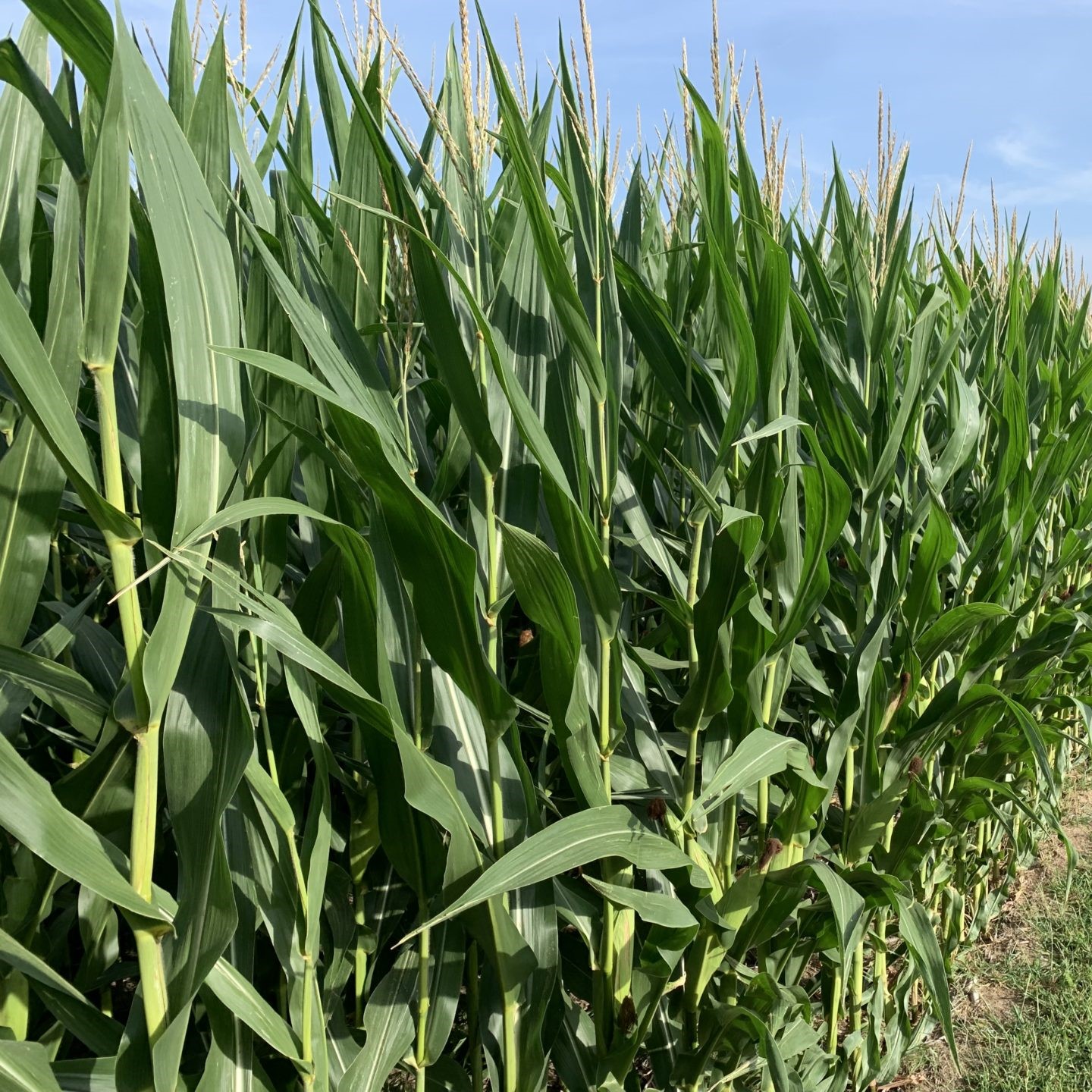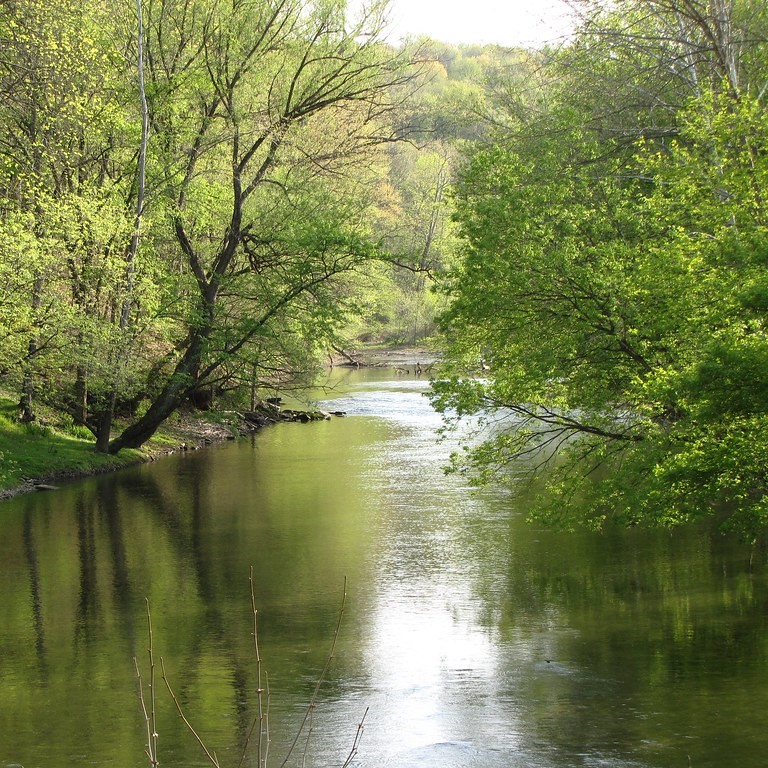Here are some of our most frequently asked questions about how to conserve your land
and what's involved in the process. Click on the links or scroll down for more information.
As always, contact us if you have any questions or are ready to take the next step
in preserving your land from developement and for future generations to enjoy!
1. What is a conservation easement?
A conservation easement is a legal document that spells out the perpetual use and development restrictions on a particular piece of land. As with other kinds of easements, such as utility easements, the document is recorded in the County Real Estate records and the landowner retains ownership of the land. The easement runs with the deed; therefore, subsequent owners are obligated to abide by the terms of a conservation easement as well. While all conservation easements are perpetual, not all give rise to a Federal income tax deduction. The Federal Tax Code and its regulations spell out the criteria for a "Tax Qualified" conservation easement. Owl Creek Conservancy holds both tax qualified and non-tax qualified conservation easements.
2. What is Owl Creek Conservancy's role in a conservation easement?
The role of the Conservancy starts the moment the landowners contact us about the possibility of protecting their property. We start by evaluating the conservation potential of the land and discussing with the owners what their goals are. If they decide to move forward with an easement, and the Conservancy decides to accept the project, the Conservancy, with the help of legal counsel and many county resource offices, sees the easement document through from creation to closing. Once the easement is complete, the Conservancy’s role is to regularly monitor the land’s use to ensure that the conservation values of the property are preserved according to the terms of the easement.
3. How does Owl Creek Conservancy select land for protection?
The Conservancy follows a set of guidelines to ensure that the land we choose to protect is important to the community and can be effectively monitored by the Conservancy. These guidelines address factors such as conservation values and location and size of the parcel, public benefit, and degree of development threat. Our primary service area is Knox County.
4. How does protecting land through a conservation easement benefit the community?
-
- It maintains the county’s rural character so we don’t have to travel to experience beautiful and peaceful natural surroundings.
- It protects the environment by providing wildlife habitat and permeable surfaces that allow rainwater to recharge groundwater supplies.
- It saves local tax dollars because farmland and open space generate more in local taxes than they demand in public services compared to residential development.
- It promotes good land use planning by identifying sites that are most suitable for conservation rather than development.
5. What is the process for completing a conservation easement?
Once a landowner and the Conservancy have agreed that a property has conservation potential, a site visit is completed and the property is evaluated according to the Conservancy’s criteria. If approved, a title search is ordered of the property. A title search can uncover issues that make it difficult or impossible to protect a property. A title search also helps determine if a survey or mortgage subordination is needed. A Conservation Plan and/or Forestry Plan could be required. An appraisal will be needed to determine the value of the conservation easement. A second site visit to collect photos and information for a Present Conditions Report, which will be the baseline for all future monitoring visits, will be completed. After the final easement is written and approved by legal counsel, a closing, similar to a real estate transaction, whereby the easement is recorded, will be held.
6. What is the timeline for completing a conservation easement?
An easement generally takes a year and a half to complete. A title search, Present Conditions Report (documenting the condition of the property pre-easement), Conservation Plan and/or Forestry Plan, survey, mortgage subordination, appraisal, attorney input, and even the weather are factors that influence the timeline.
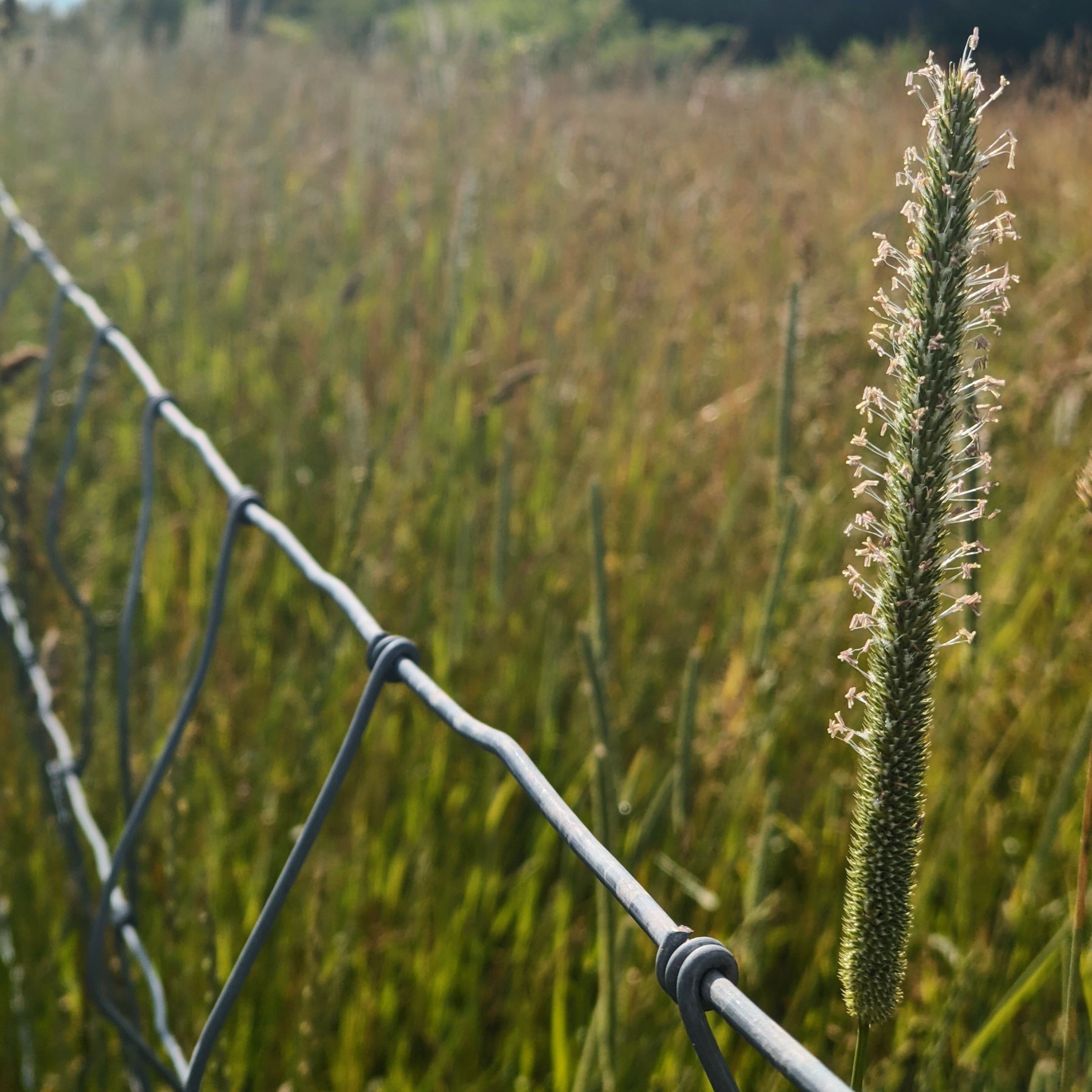 7. Who pays for the expenses incurred during the process?
7. Who pays for the expenses incurred during the process?
Usually, the landowner is responsible for expenses. Expenses include closing costs, a title search and title insurance, recording of all documents, a possible survey, an appraisal, and personal attorney fees. A survey is needed only if the County requires an updated legal description and is the responsibility of the landowner. An appraisal is required, both by the IRS if the landowner plans to take advantage of the federal tax deduction and by the Conservancy for purposes of constructing the easement, and is the responsibility of the landowner. The Conservancy strongly encourages landowners to consult with tax and legal advisors and those expenses are the responsibility of the landowner. The Conservancy is responsible for its own legal fees. In the event of a bargain sale of a conservation easement, all other expenses will be settled at closing via the Settlement Statement; no cash will be exchanged. Expenses are negotiable for a donated conservation easement.
8. What is a Stewardship Fee?
The Conservancy has established an income-generating fund called the Stewardship Endowment that is used exclusively for the monitoring and enforcement of conservation easements. Because the Conservancy is the steward of the conservation values of a Protected Property, the Stewardship Fee is essential to support and sustain the continual conservation care of the land. Therefore, we require a contribution to the Stewardship Fund according to the number of acres protected:
- 1-50 acres $2,000
- 51-200 acres $4,000
- 201 acres - up $6,000
This stewardship contribution may or may not be tax-deductible. Please consult your tax professional. The Stewardship Fee is negotiable for donated easements.
9. What are the tax implications of a conservation easement?
The value of a conservation easement is the difference between the appraised value of the property before the easement is in place and its reduced value after the easement is recorded. This reduction in value typically reduces both federal income taxes and estate taxes. Any compensation received for the easement will offset this tax savings. Tax savings will depend on the owner’s financial situation as well as the type of land transaction chosen. Funds received for selling a conservation easement are subject to capital gains tax. Consulting with a knowledgeable attorney or accountant is essential. The Conservancy is not qualified to offer any tax advice. AN APPRAISAL BY A QUALIFIED APPRAISER IS REQUIRED BY THE IRS if the federal tax deduction is taken. The appraiser should be asked to provide a copy of the appraisal to the Conservancy for the purpose of completing IRS Form 8283 as well as determining the Conservancy’s percentage interest in the easement.
Property taxes could be lowered as well for both tax-qualified easements and those that are not, once the potential for development of the land has been removed. This will require you to fill out a DTE-1 form at the Auditor’s Office and provide your appraisal to the Auditor. Agricultural land in CAUV may already be taxed at the lowest rate.
 10. How does a conservation easement affect property rights?
10. How does a conservation easement affect property rights?
By conveying a conservation easement, a landowner limits the right to develop the land. The landowner continues to hold the remaining property rights of the land, such as the right to possess the property, the right to sell or transfer the property, the right to pass the property to heirs and descendants, the right to receive income and profits from the land, the right to exclude others from the property, and the right to mortgage the property (with limitations). In addition, landowners retain all other property rights, restrictions, and obligations not explicitly set forth in the easement that do not otherwise conflict with the landowners’ responsibilities under the easement. The easement grants the Conservancy an interest in the property, but only in terms of protecting its Conservation Value. The landowner still owns the land. (See also the answer to question 19 below.)
11. How long does a conservation easement last?
An easement is “perpetual” and remains with the land forever. If the landowner sells or transfers land on which there is an easement, the easement is binding on the new owner as well as on all subsequent owners of the land. Under extremely unique conditions, such as an external change rendering the purpose of the easement impossible to accomplish, the landowner may petition for extinguishment. Owl Creek Conservancy must agree that the property no longer has conservation value because of the external change; the landowner must then submit a request to the local court for extinguishment. However, the landowner would then be required, in the event of a sale of the property, to share the proceeds of the sale with the Conservancy according to the percentage interest as determined by the appraisal done at the time the easement was written. These funds must then be used by the Conservancy on another project – this ensures perpetuity. The screening process is designed to ensure that extinguishment will not be necessary, and easements should be considered perpetual.
12. Can I or successor landowners repeal a conservation easement?
Outside the extreme condition listed in the answer to question 11, which can only be determined by a court of law, an easement cannot be repealed.
13. Can the terms of a conservation easement be changed?
Technically, yes, but the amendment process is very rigorous and demands that changes to an easement be neutral in terms of conservation values or strengthen the conditions of the easement. Amendments to the content of an easement are rare. Note, however, that some recent cases considering the amendment of tax qualified easements suggest that the outcome must be positive from a conservation value perspective, rather than merely neutral. Accordingly, drafting of the original easement should be done with that in mind.
14. How does Owl Creek Conservancy ensure that the terms of the conservation easement are observed?
The Conservancy is required by law to visit the Protected Property at least once annually to determine that the terms of the easement are not being violated. If a violation to the terms of the easement is observed, it will be documented and the landowner will be informed and required to remedy the violation, even if it was incurred by a third party. If the violation is not quickly resolved, legal action could be pursued. While we at the Conservancy greatly value our relationships with our landowners, our obligation is to the Protected Property. We hope this makes current and future landowners feel more comfortable with the idea of an easement, not less.
15. Is there a minimum acreage needed to qualify for a conservation easement?
It could be less if the conservation values are particularly high, but 25 acres is a good rule of thumb.
16. Will having a mortgage keep me from being able to protect my property with a conservation easement?
It could, though in most cases it does not. An easement extinguishes some development rights, which decreases the market value of a property. If there is an existing mortgage, your lending institution will have to agree to accept the decrease in value and to execute and record a mortgage subordination. If the mortgage value of the property post-easement is sufficient to continue to adequately secure the debt the lender will typically agree to subordinate.
17. What if my property is owned by a trust or a limited liability company? Or multiple parties?
A trust or an LLC will require the provision of additional documentation to establish proof of legal ownership, but these different methods of ownership are not obstacles to a conservation easement. Multiple owners will have to be in agreement regarding the terms of the easement and all will be required to sign all documents at the closing, or in some cases, designate a signer.
18. What does Owl Creek Conservancy get from a conservation easement?
Perpetual liability. From the purchase price and initial expenses to easement insurance to legal fees in the event it is necessary to defend an easement against a serious violation, every easement represents never-ending costs and responsibility for the Conservancy. We are a public charity that exists to protect the land and waters of Knox County and maintain its rural character. We gain nothing from a transaction other than the opportunity to meet wonderful landowners, and the knowledge that we’re doing good work for our community.
19. Can buildings be built on land that is covered by a conservation easement?
A single dwelling can be built or replaced and any other buildings compatible with daily living and/or farming can be built within a prescribed Building Area, which is defined at the time the easement is written. Some agricultural buildings not attached to the ground, such as run-in sheds, and temporary deer blinds are typically allowed outside Building Areas. Any permanent structure would not be allowed outside the Building Area.
20. Will a conservation easement affect my farming operation?
Generally, a landowner may continue to operate the farm in the same manner as prior to the conveyance of the easement and may undertake changes in the operation as long as they are not prohibited in the easement or by the Best Management Practices as outlined in a (required) Conservation Plan provided by the Soil and Water Conservation District or county Natural Resource Conservation Service. If the right to harvest timber is retained, a Forestry Stewardship Management Plan will also be required. Major changes in the farm operation, such as an expansion or a new enterprise, may require an analysis by the Conservancy as to whether the change amounts to an amendment. (See also the answer to question 13.)
21. Will the public have access to my land?
No. An easement does not grant public rights of access to the land. The easement does allow personnel from Owl Creek Conservancy to enter the property, but only for the purpose of inspecting the land to ensure compliance with the easement, known as monitoring. Owl Creek Conservancy will always give advance notice to the landowner prior to inspecting the property and will not otherwise enter the property unless a violation likely to cause imminent harm to its conservation values is observed.
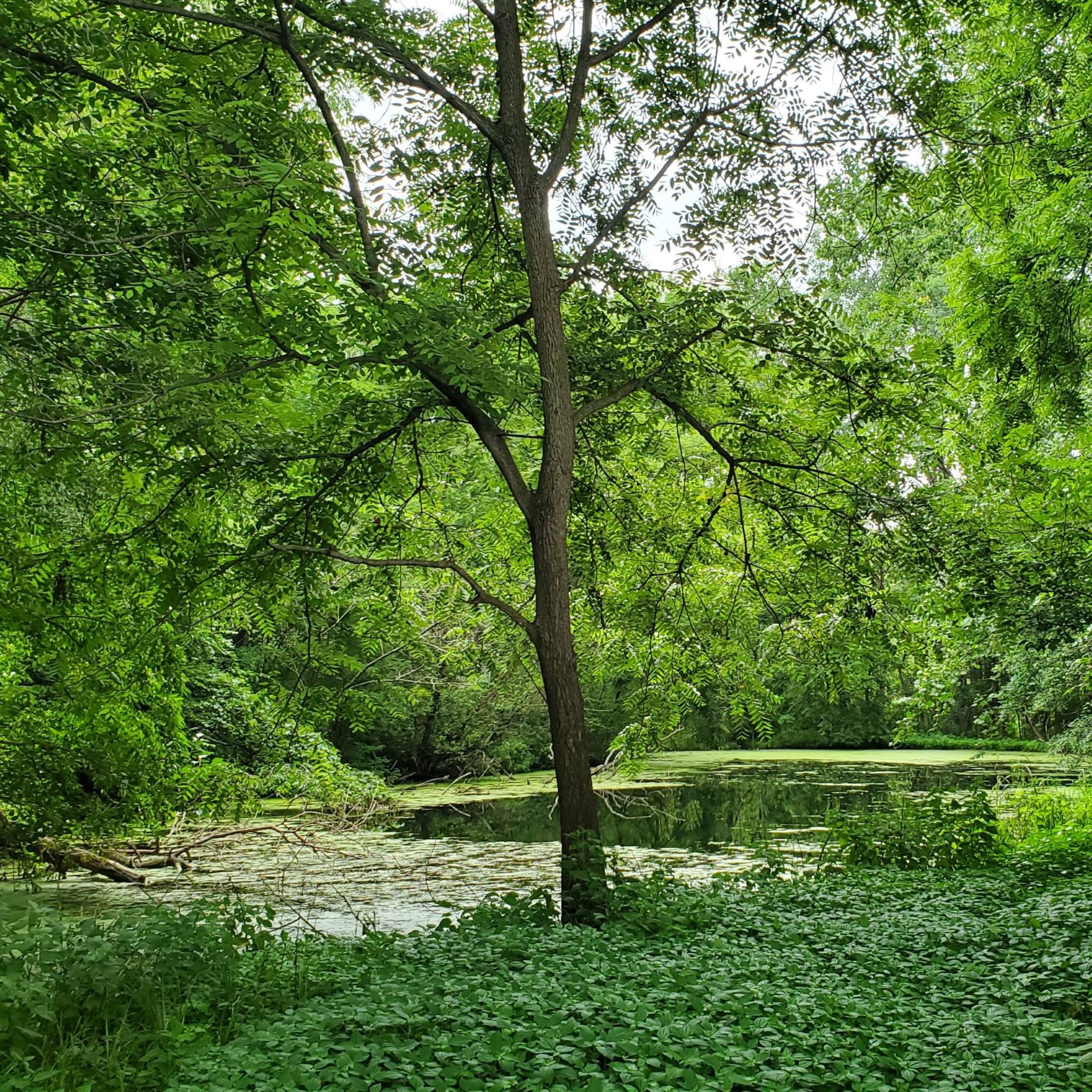
22. Will selling or donating an easement affect my ability to borrow money?
Possibly. Selling or donating an easement conveys part of the landowner's interest in the land. Although the landowner still holds title to the land, the landowner holds fewer rights in the property, which might reduce the value of the property and the amount of equity available for a loan on the property itself. (See also the answer to question 16.)
23. How does a conservation easement affect a farm lease?
A landowner may lease land that is in an easement. The tenant is subject to the provisions of the easement and the Conservation Plan and may not engage in any activities that are contrary to maintaining the land according to the terms of the easement.
24. How does a conservation easement affect the value of my land?
A conservation easement extinguishes some development rights, which reduces the market value of the land. Recent appraisals of primarily agricultural land show roughly a 25% decrease in value.
25. How does a conservation easement affect the value of adjoining parcels?
Although we haven’t tracked this data, some nationwide studies have and have concluded that there exists the "Proximity Principle" which holds that parcels next to undeveloped land that keeps neighbors at a distance and offer a permanent borrowed natural view are priced higher, e.g., homes next to a golf course.
26. What rights will I be giving up if I choose to place a conservation easement on my property?
The two most common rights extinguished by an easement are development rights and the right to divide the property in the future.
27. What about oil and gas rights?
Generally, an existing oil or gas well does not pose a problem to implementing a conservation easement. An existing oil or gas lease could prevent an easement, depending on the terms of the lease. A title search will help determine what we can work with and what we cannot. Most people choose to extinguish future oil and gas development rights in a conservation easement, but if you would like to retain that right, we determine that on a case-by-case basis.
28. Can I lease my Protected Property to a commercial solar company?
You have every right to generate solar power for your own use within your Building Area, but leasing your property for the purpose of commercial solar purposes is not allowed.
29. What are my obligations if I place a conservation easement on my property?
Your obligation is to be familiar with the terms of the easement and to abide by them. Compliance with the terms of the easement is a mostly passive activity, e.g., not building structures outside a Building Area, but some required actions on your part could be: keeping a Forestry Stewardship Management Plan or Conservation Plan up to date, making sure the easement is referenced in any new deed, notifying the Conservancy before transfer of the property, etc. Some activities on a Protected Property require notice to or approval from the Conservancy. This is not meant to be intrusive, but rather to head off small issues before they occur. Conservancy trustees and staff are always happy to talk to you about your easement.
30. What is the difference between a conservation easement and an agricultural easement?
A conservation easement can include agricultural use only to the extent that the agricultural use is consistent with or furthers the purpose of keeping the land in its natural, scenic, open, or wooded condition. An agricultural easement addresses specific uses permitted to retain the use of the land as predominantly agricultural. The Ohio Department of Agriculture is the state’s largest holder of agricultural easements through the Local Agricultural Easement Purchase Program, for which Owl Creek Conservancy is a local sponsor.
Donate Now


